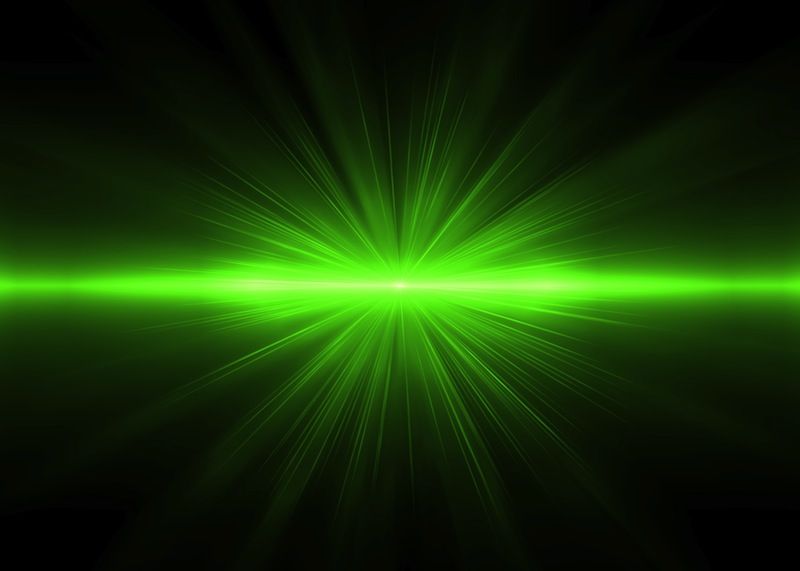Researchers are developing a new, military-grade “quantum laser” that can cut through fog and operate across long distances.
The U.S. Defense Advanced Research Projects Agency (DARPA) has awarded a $1 million grant to scientists building a prototype “quantum photonic-dimer laser” that uses quantum entanglement to “glue” light particles together and generate a highly concentrated laser beam.
Lasers play a crucial role in military operations and are used in everything from satellite communications and targeting technology to mapping and tracking systems like lidar (light detection and ranging).
Conventional lasers work by stimulating electrons in atoms to oscillate in unison. When these electrons move from a high-energy state to a low-energy state, they release a form of light called “coherent light” — light with uniform wavelength and phase. As this light is bounced between mirrors inside the laser device, it is refined into a concentrated laser beam.
Related: DARPA unveils 6 new designs for uncrewed vertical-takeoff military aircraft, eyes 2026 test flights
But by using entangled photons, the quantum photonic-dimer laser can maintain precision and strength over greater distances and in adverse conditions, the scientists said in a statement. Quantum lasers could therefore provide better performance for military applications like surveillance and secure communications in harsh environments.
“Photons encode information when they travel, but the travel through the atmosphere is very damaging to them,” project lead Jung-Tsung Shen, associate professor of electrical & systems engineering at Washington University in St. Louis. “When two photons are bound together, they still suffer the effects of the atmosphere, but they can protect each other so that some phase information can still be preserved.”
The two-color photonic dimer laser works by bonding pairs of photons — fundamental particles that represent the smallest building blocks of electromagnetic radiation — through a process called quantum entanglement.
Quantum entanglement is a strange and complex phenomenon in the field of quantum mechanics that occurs when two or more particles become interconnected in such a way that one particle instantly influences the state of the other — regardless of the distance between them.
When two photons are linked together through quantum entanglement, they create what are known as photonic dimers, the researchers said. These pairs of photons are easier to manipulate because they act as a single entity, with any change applied to one photon directly affecting the other.
This binding of light particles increases the energy and stability of the laser, making it better at performing over long distances and in adverse conditions like extreme temperatures and fog.
Previous work by Shen and his team, published in December 2020, explored how quantum photonic-dimer laser technology could be used to improve deep brain imaging. In that study, they used photonic dimers to map intricate neural structures.
The technology can also play a role in quantum computing and telecommunications, the researchers said, possibly leading to faster and more secure ways of transmitting data.
“We are trying to exploit the property of entanglement to do something innovative. The entanglement can do many things that we can only dream of — this is just the tip of the iceberg,” Shen said.

